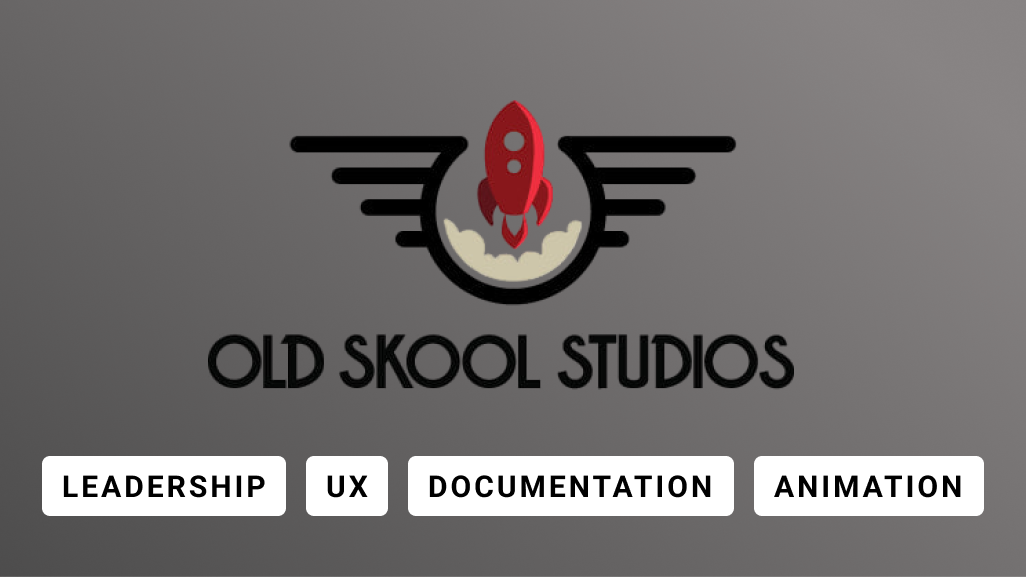Employer:
Old Skool Game Studios
Role: Lead UX Designer, UX Researcher
Duration: January 2019 – September 2021
Overview
Old Skool Studios specializes in browser-based online casino games with rich narratives and atmospheres. While their thematic approach differentiated them, the team recognized a need for UX improvements but lacked the structured methodologies to identify and resolve issues.
Mandate: Lead UX research and strategic design improvements to identify root usability challenges and drive measurable gains in player satisfaction, engagement, and retention.
Key Challenges
My Approach
I established a structured UX research process—interviewing internal stakeholders, analyzing user behavior, and auditing legacy designs to surface pain points and improvement opportunities. Using tools like Figma for wireframing and prototypes, I iterated rapidly, testing hypotheses and gathering feedback in short cycles.
Tactics Included:
Selected Outcomes & Achievements
Localization Enhancements

Better support improved text box issues like the one pictured above.
By standardizing text containers and creating flexible UI elements for varying text lengths, we reduced truncation and readability issues. Result: A nearly 13% increase in average session length in non-English-speaking regions—a direct indicator that improved usability fostered greater engagement.
Micro-Interactions for Increased Satisfaction
Through collaborative workshops with developers and artists, we introduced subtle micro-animations that reinforced feedback loops and gave the interface a more polished, engaging feel. Outcome: Players described the new interface as more intuitive and enjoyable, contributing to higher engagement and increased return visits.
Standardized Design Components
I developed a component library (symbols, reel frames, UI elements) to streamline the design-to-development process. This allowed for faster iteration and a more consistent player experience across multiple game titles. Benefit: Reduced development time, minimized design inconsistencies, and improved overall player familiarity and trust in the brand’s products.
Usability Testing & Iterative Improvements
Building clickable prototypes let us simulate gameplay and gather player feedback early, identifying issues before large-scale development investments. Impact: More cost-effective design improvements and better alignment with player expectations, translating into higher retention.
Learnings
At Old Skool Studios, I learned the value of data-driven UX strategies and how qualitative and quantitative insights can drive business outcomes. By integrating research directly into the design process, I helped the studio deliver more engaging, player-centric experiences.
This experience honed my ability to:
The biggest takeaway? Effective UX leadership means embedding research into the design lifecycle, scaling solutions across markets, and aligning user delight with business success.
If you’re looking for someone who can turn insights into impact and elevate your product experience, let’s connect.
Back to Portfolio